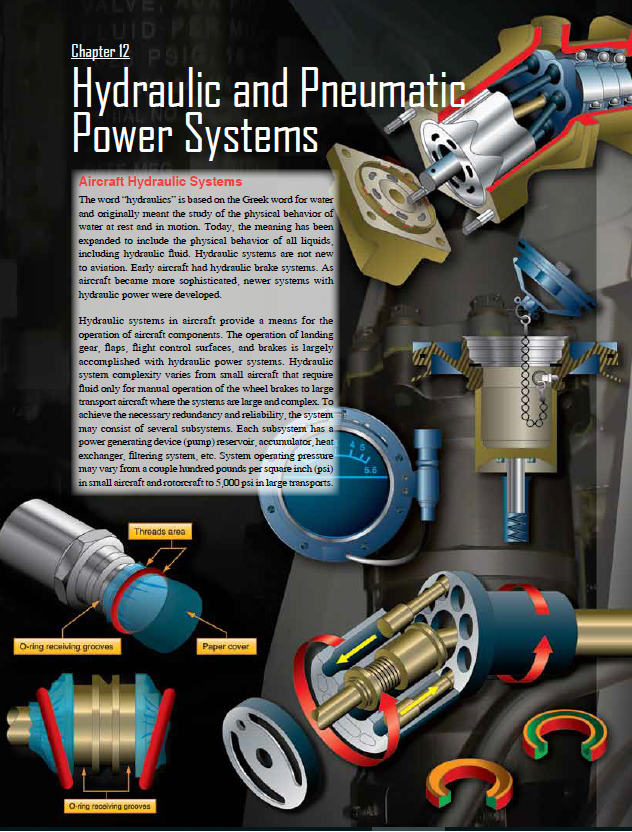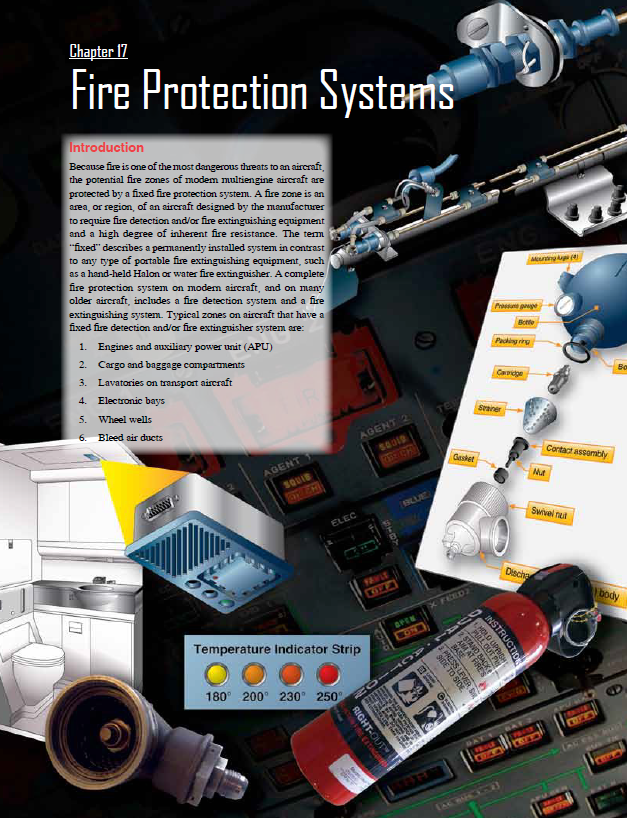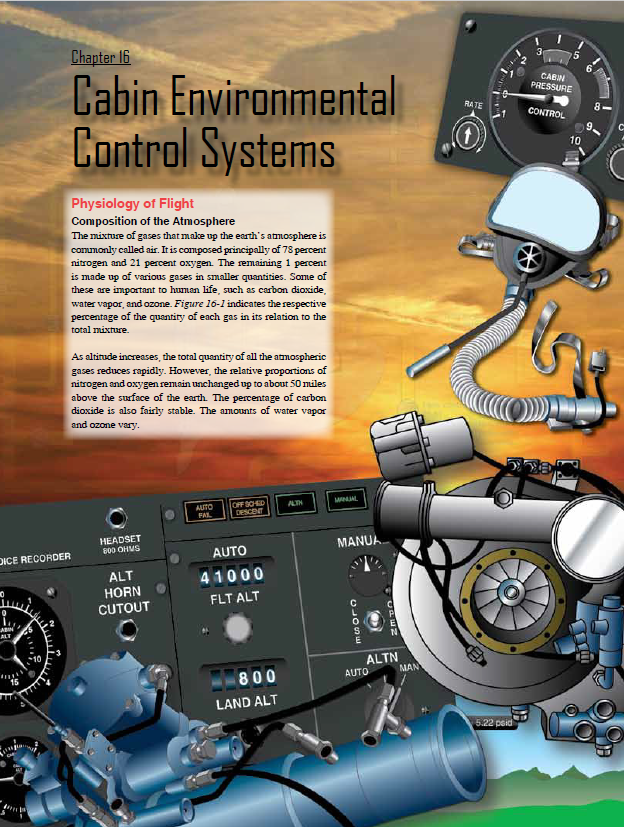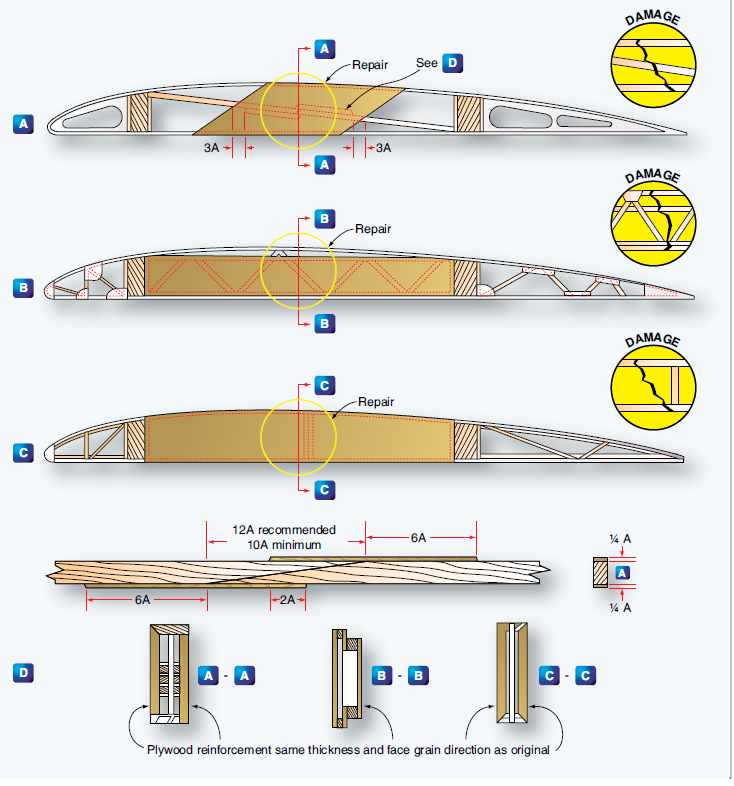Last updated on January 7th, 2022 at 02:27 pm
Aircraft Hydraulic Power Systems
[RICH_REVIEWS_SNIPPET category=”all”]
Materials and Hardware (4164 Questions)
Sample – Materials Exams ( 40 questions 30 min),
Category A – Materials and Hardware Exams ( 52 questions 65 min),
Category B1 – Materials and Hardware Exams ( 72 questions 90 min),
Category B2 – Materials and Hardware Exams ( 60 questions 75 min),
Category B3 – Materials and Hardware Exams ( 60 questions 75 min),
[pdf-embedder url=”https://easapart66.academy/wp-content/uploads/securepdfs/2020/01/easa_part_66_academy-Ch12.pdf” title=”easa_part_66_academy Ch12″]
Chapter 01: Aircraft Structures (70 pages),
Chapter 02: Aerodynamics, Aircraft Assembly, and Rigging (70 pages),
Chapter 03: Aircraft Fabric Covering ( 24 pages),
Chapter 04: Aircraft Metal Structural Repair ( 114pages),
Chapter 05: Aircraft Welding ( 38 pages),
Chapter 06: Aircraft Wood and Structural Repair ( 28 pages),
Chapter 07: Advanced Composite Material ( 58 pages),
Chapter 08: Aircraft Painting and Finishing ( 22 pages),
Chapter 09: Aircraft Electrical System ( 106 pages),
Chapter 10: Aircraft Instrument Systems (86pages),
Chapter 11: Communication and Navigation (78 pages),
Chapter 12: Hydraulic and Pneumatic Power Systems (54 pages),
Chapter 13: Aircraft Landing Gear Systems (96 pages),
Chapter 14: Aircraft Fuel System (62 pages),
Chapter 15: Ice and Rain Protection (32 pages),
Chapter 16: Cabin Environmental Control Systems (62 pages),
Chapter 17: Fire Protection Systems (22 pages),
Aircraft Hydraulic Power Systems
Hydraulic systems have many advantages as power sources Hydraulic and Pneumatic
Power Systems for operating various aircraft units; they combine the advantages of light weight, ease of installation, simplification Hydraulic and Pneumatic
Power Systems of inspection, and minimum maintenance requirements.
Hydraulic operations are also almost 100 percent efficient, Hydraulic and Pneumatic
Power Systems with only negligible loss due to fluid friction.
Hydraulic Fluid Hydraulic and Pneumatic
Power Systems Hydraulic system liquids are used primarily to transmit and Hydraulic and Pneumatic Power Systems distribute forces to various units to be actuated.Liquids Hydraulic and Pneumatic Power Systems are able to do this because they are almost incompressible.
Pascal’s Law states that pressure applied to any part of a confined liquid is transmitted with undiminished intensity to every other part. Thus, if a number of passages exist in a system, pressure can be distributed through all of them by Hydraulic and Pneumatic
Power Systems means of the liquid.
Manufacturers of hydraulic devices usually specify the type Hydraulic and Pneumatic
Power Systems of liquid best suited for use with their equipment in view of the working conditions, the service required, temperatures expected inside and outside the systems, pressures the liquid must withstand, the possibilities of corrosion, and other conditions that must be considered. If incompressibility Hydraulic and Pneumatic Power Systems
and fluidity were the only qualities required, any liquid that is not too thick could be used in a hydraulic system.But a satisfactory liquid for a particular installation must possess Hydraulic and Pneumatic Power Systems a number of other properties. Some of the properties and
characteristics that must be considered when selecting a Hydraulic and Pneumatic
Power Systems satisfactory liquid for a particular system are discussed in the following paragraphs.
Aircraft Pneumatics Power Systems
A liquid such as gasoline that has a low viscosity flows easily, while a liquid such as tar that has a high viscosity flows slowly.
Viscosity increases as temperature decreases. A satisfactory liquid for a given hydraulic system must have enough body Hydraulic and Pneumatic Power Systems to give a good seal at pumps, valves, and pistons, but it must not be so thick that it offers resistance to flow, leading to power loss and higher operating temperatures.Hydraulic and Pneumatic Power Systems These factors add to the load and to excessive wear of parts. A fluid that is too thin also leads to rapid wear of moving parts or of parts that have heavy loads. The instruments used to measure the viscosity of a liquid are known as viscometers or Hydraulic and Pneumatic Power Systems viscometers. Several types of viscosimeters are in use today.
The Saybolt viscometer measures the time required, in seconds, for 60 milliliters of the tested fluid at 100 °F to pass through a standard orifice. The time measured is used to Hydraulic and Pneumatic Power Systems express the fluid’s viscosity, in Saybolt niversal seconds or Saybolt furol seconds.
Please support us with rating this article.
[RICH_REVIEWS_FORM category=”all”]




